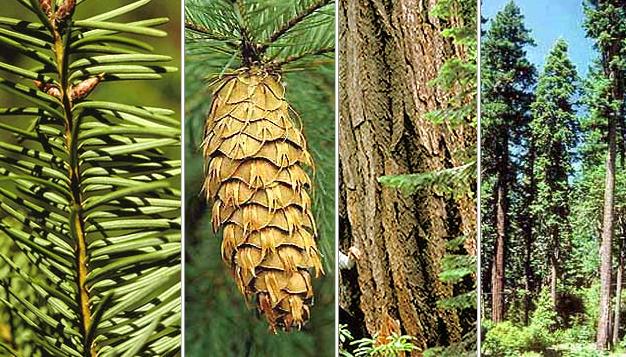Text: IB Biology Course Companion: International Baccalaureate Diploma Programme (IB Diploma Programme) by Oxford.
Other Materials: A binder that is ONLY for biology.
Two binder dividers.
Triangle ruler (it looks like this).
A minimum of 3 different colored highlighters, pens or markers.
Content: The content of this course comes from the International Baccalaureate Biology curriculum. For details of each topic on the syllabus visit the OCC's website.
Office Hours: By appointment only. The best way to set up a time for extra help is by email.
Grading: Your grade in this class is based only on work that is graded against IB standards. Please refer to the IB grade level boundaries for clarification of the grading scale. Remember that the mark of an outstanding IB student, is not an individual who earns all 7’s on each assessment, but an individual who can retain this information for two years. There is no 'clean slate' for the spring semester.
Integrity: Being honest with yourself, your classmates and your teacher. Don't take credit for work that isn't yours and ask for help when you need it.
Homework: Homework will be assigned almost every night and be incorporated into the following day’s class. A late assignment defeats the purpose of completing it. Therefore, late homework will not be accepted and will be graded as a zero. Assignments include, but are not limited to: worksheets; problem sets; readings; preparing for a discussion/presentation etc.
Make-up Work: You are responsible for obtaining missed assignments. If you know in advance you will be missing class for co-curriculars, an appointment etc. you should notify me in advance at least 2 days in advance.
Late Work Policy: As previously stated, late homework is not accepted. Late projects will be accepted up to three calendar days after the due date. However, each day that the project is late, 10% of the grade will be lost. After the third day the project will no longer be accepted.
Extensions: Extensions will not be given except in the event of extenuating circumstances, so plan your time wisely.
Attendance: Attendance is mandatory at all class meetings. You are expected to arrive on time in be in your seat with your homework and your notebook on your desk. A pattern of tardiness will be regarded as not meeting the expectations of the class and will affect your effort grade.
Class participation: In order to make the most progress in this class you will need to participate actively. Participating in class not only means sharing your ideas but also coming prepared and on time.
Notebook: Must be divided into two sections and have a table of contents. You must keep a detailed table of contents for your notebook.
Class Rules:
· BE ON TIME!
· BE PREPARED! Bring the textbook, your notebook, highlighters and pens/pencils each day.
· BE PRESENT! Both in mind and body. Showing up for class doesn’t mean much if you are daydreaming.
· If you have an unexcused absence from class on the day of a test or quiz you will receive a zero.
· As soon as you need extra help, come find me. Don’t wait!
Outline of topics to be covered in the Fall Term:
N.B. The instructor reserves the right to amend the syllabus at anytime.
Weeks 1 – 7 : Topic 5 (Ecology & Evolution). Option G: 1, 2, 3, 4.1, 5.3
Week 8: IB Biology Academic Travel for intensive practical work
Week 9: Analysis of data from Academic Travel and statistics
Weeks 10 – 15: Topic 2 through 2.4












